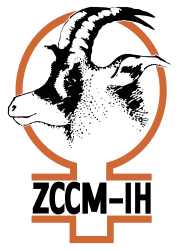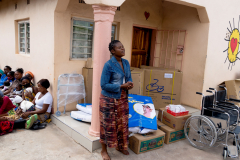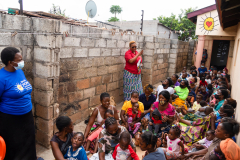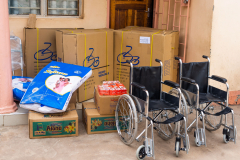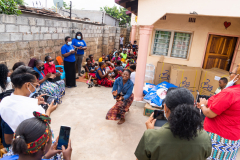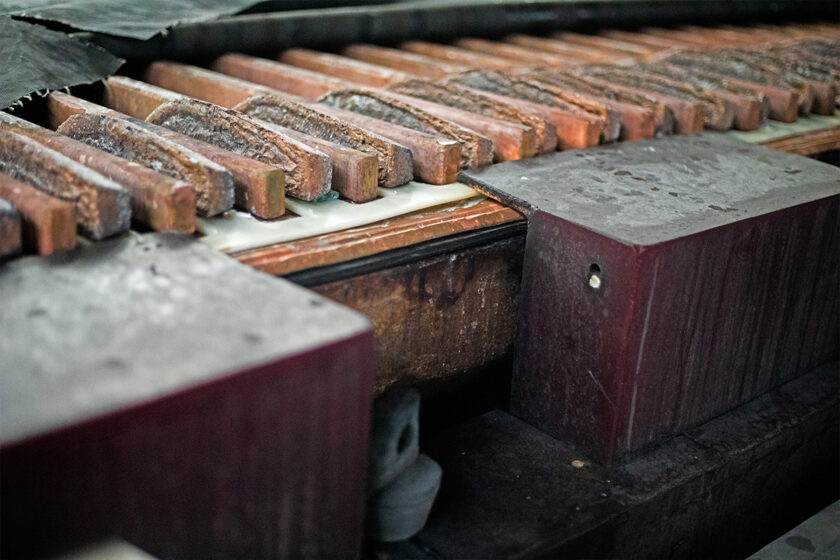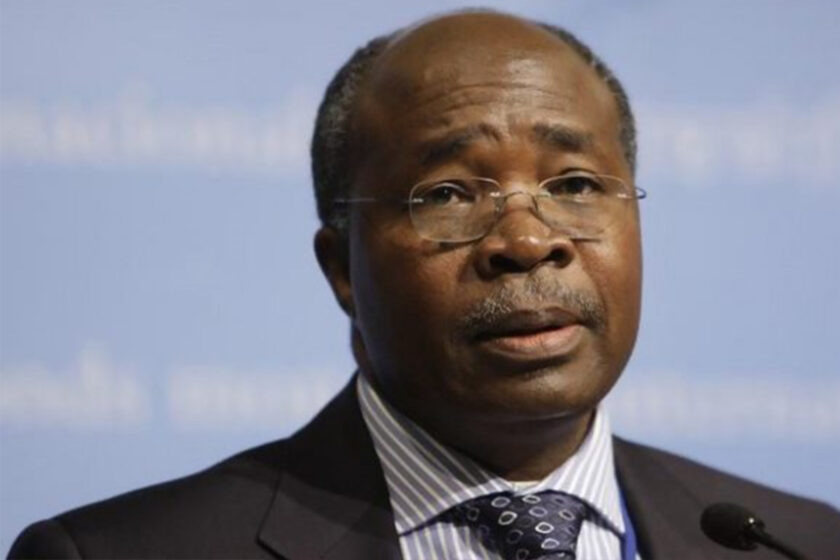Investing in African Mining Indaba (www.MiningIndaba.com) is pleased to announce that the President of the Republic of Zambia, Hakainde Hichilema has confirmed his attendance at the Investing in African Mining Indaba, taking place in Cape Town from 9 – 12 May 2022.
Newly elected President Hichilema, who was inaugurated in August 2021, has been hailed as an inspiration after he reversed his fortunes – having been imprisoned for 127 days after the 2016 elections he went on to secure a landslide victory in the 2021 polls.
Now the seventh president of Zambia, President Hichilema has pledged to foster a better democracy through respect for the rule of law, restoring order, and protecting human rights. He also hopes to restore confidence in the country as a mining investment destination.
Zambia’s mining investment climate deteriorated in recent years as the previous administration pursued resource nationalism, leading to damaged relationships with investors and lower levels of investment. According to the Zambia Extractive Industries Transparency Initiative, mining accounted for 79.5% of Zambia’s total exports and nearly 31.4% of government revenues in 2020.
President Hichilema is expected to share his vision of a new dawn for Zambia, in which macroeconomic stability is restored and sustainable, inclusive economic growth is promoted. Believing that the mining sector can be an important catalyst for national development, his government is looking to significantly increase the production of copper and other minerals so that Zambia can reclaim its place as a leading miner on the continent. To support these ambitions President Hichilema has already introduced a friendlier mining tax regime and made clear his intention to bring stability to the sector, as well as ensuring regulatory fairness and the elimination of obstacles that stand in the way of new investment.
The President believes that stronger relationships – between the government, miners and local communities – will improve equitable growth and help the country to deliver for its citizens.
The Mining Indaba is back in person this year and we are looking at the future, at moving forward. The programme content for 2022 is geared towards exploring the key drivers of investment decisions within the African mining market and forging the future direction of the African mining industry.
The overarching theme: ‘Evolution of African Mining: Investing in the Energy Transition, ESG and the Economies’ is set to inspire new approaches, spark conversations and encourage partnerships that will truly transform mining on the continent.
Source: https://www.devdiscourse.com/article/business/1943004-zambia-president-to-attend-at-investing-in-african-mining-indaba
